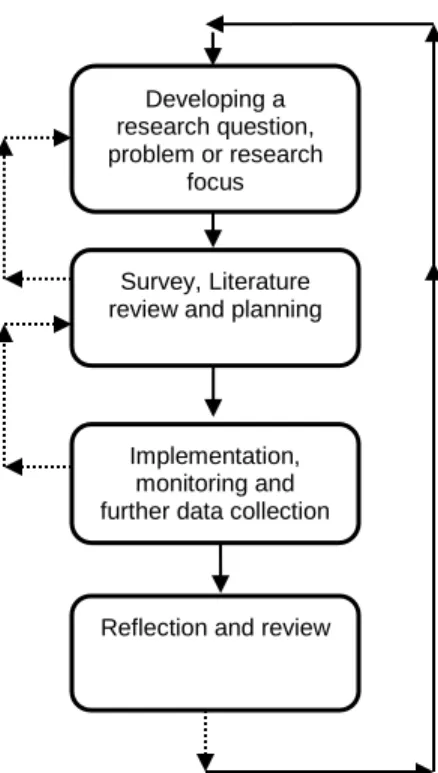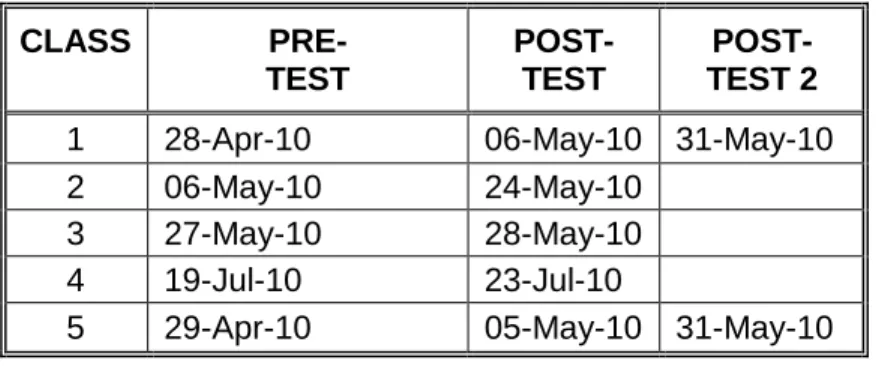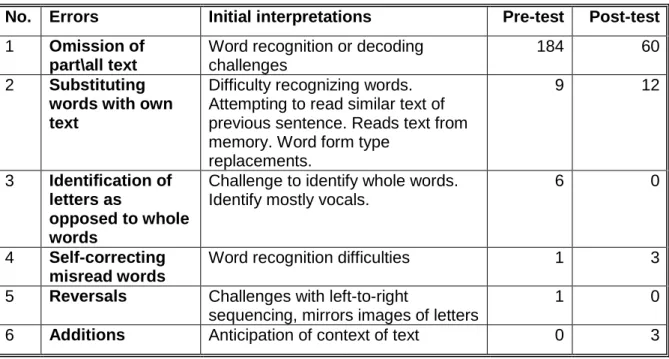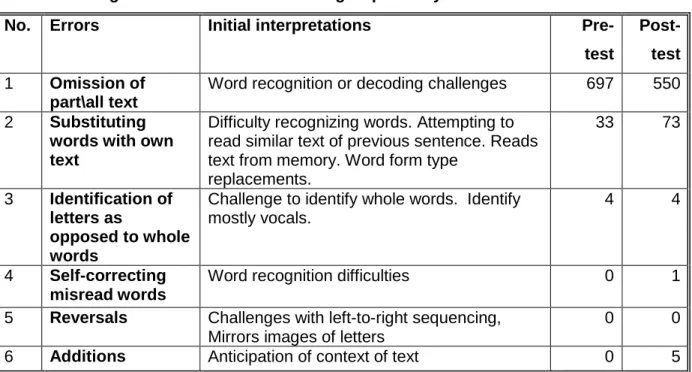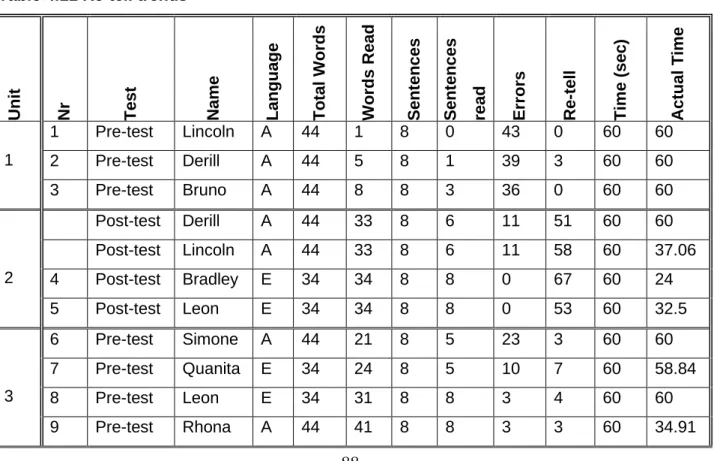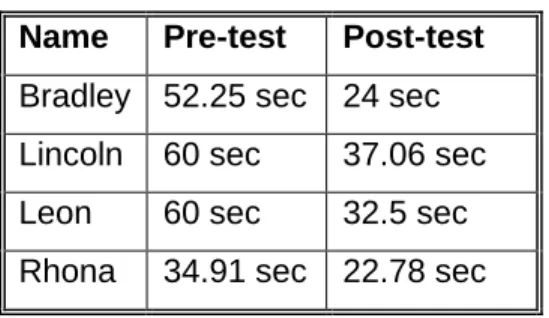Furthermore, it represents my own opinions and not necessarily those of the Cape Peninsula University of Technology. Opinions expressed in this thesis and the conclusions reached are those of the author and should not necessarily be attributed to the CPUT scholarship fund. Closely linked to this policy is the underpinning of the South African constitution which emphasizes respect for the rights of all learners, regardless of their diversity.
In terms of integration, students have to either integrate into a specifically defined system or integrate into an existing one. On the other hand, inclusion serves to recognize the uniqueness of students and build on their similarities. Within the mainstream model, students are provided with support with the aim of integrating them back into the 'regular' classroom.
Inclusion, on the other hand, has at its heart the whole system, which includes the needs of students and teachers. One of the main goals is to develop learning strategies that facilitate and benefit all students.
Individual learner needs 12
Thus, in terms of the statement made earlier, the concepts of inclusiveness and mainstreaming have far-reaching implications for learners with special educational needs. 2 Some of the physical disabilities of neurological origin include epilepsy, cerebral palsy, spina bifida and muscular dystrophy. These descriptive definitions of the range of sub-categories of mentally disabled correspond to the learners at my school.
A significant percentage of students can be described as teachable in terms of academic performance. Part of the reason for this lack of competent literacy is due to the discrepancy between chronological (CA) and mental age (MA). The parts of the sentences that the students do identify are sometimes not enough to facilitate any understanding of the text.
Given the diverse needs of the intellectually disabled learner, one should look for technology that can meet their multifaceted needs. Against this background, the aim of the research and the focus questions that guide the research follow.
Aim of the study 16
Lin, Podell, and Rein (1991) in Wehmeyer, Smith, Palmer, and Davies (2004:14) also conducted research to determine whether students' word recognition performance differed significantly when they were instructed or supported computer or only with the teacher. It was found that 45 students with intellectual disabilities showed improvement in response rate, but not word recognition ability. The improvement in response rates was attributed to the fact that the feedback was immediate, as well as to the students receiving regular reinforcement.
It is a type of technology that benefits the learning styles of all students and provides a different method of teaching (Kamstrup, Mjovik & Rygold, 2002 in Thompson, 2005). A text-to-speech program is a software/hardware application that can convert electronic text into digitized speech. According to Topping (1997) in Thompson (2005), technology has led to the development of “electronic literacy”. Electronic literacy is all kinds of literary activities such as reading, writing and spelling that are preserved and accessible through a computer.
This is quite significant for the intellectually impaired student who generally functions at different levels.
Research questions 16
Delimitation of the study 17
Clarification of terms 17
The assistive technology used in the study conforms to the United States Public Law definition expressed as.
Organisation of the remainder of the dissertation 18
Conclusion 18
The teacher with the help of technology aims to "transform" the learning experience for the student. Bookbinding is a type of interaction where the computer is solely responsible for "reading" the story and "stands by the author's side" (Guppy & Hughes, 1999:27 in Littleton et al. Purposive sampling occurs when "the researcher selects a sample to fulfill the purpose of the research" (Wiersma & Jurs, 2005:311).
In accordance with the assessment of the "strategic units". the researcher also "pilots" the interview schedule for use with the teachers after the pre- and post-tests. The last time the teacher 'read' the story more systematically by 'reading' a page and asking the students what that part of the page is about. The first level was when the teacher "read" the story to the students a few times and then followed the story.
After analyzing the students' data, interviews with teachers were also analyzed. Most of the students shown in Tables 4.7 had difficulty recognizing the words in the story during the pretest. Out of 9 students in group 3 did not make any mistake compared to the previous 2 in the pretest.
Out of 9 students, 4 managed to read the story much more fluently during the post-test. Most students (except Bradley and Leon) reread the story to identify the words. It seems that the students have made a concerted effort to read the words of the story.
She did this by "reading" (clicking the next page button) the story to the students and giving them contextual information about the story. Kan jy vir my help om my vlieger te kry?” [Can you help me get to my kite?] The student did not read any words during the pretest. From the change that during the post-test, we can conclude that the student now mentally moves to really "read" the words of the story in contrast to the pre-test, where there was no reading.
